Beautiful Plants For Your Interior
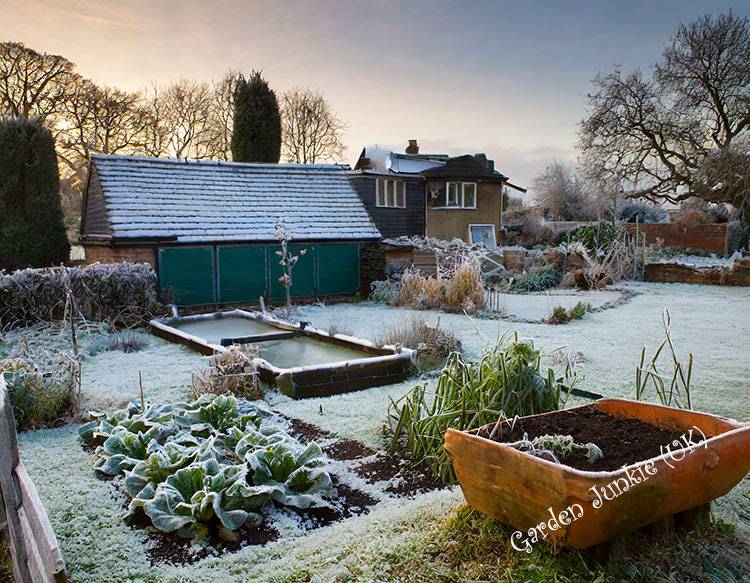
Gardening Month by Month – January
Choose Your Gardening Month by Month –
Gardening Month by Month – is our gardening checklist with some reminders and some tips to help you in any particular month about your garden, allotment, greenhouse, pond and general garden maintenance jobs, that can and perhaps should be carried out. This month (January) we will see what needs your attention.
Gardening Month by Month – January
As January unfolds, it’s time to focus on essential gardening tasks to ensure a thriving garden in the months ahead. From protecting tender plants from frost to planning for the upcoming growing season, our January gardening tips encompass a range of activities to kickstart the year.
Amid winter, January presents an opportunity to prepare your garden for the approaching spring. With a focus on plant care, early planting, planning, and maintenance.
Checkout Our January Gardening Checklist:
In January: Garden, Allotment, Flowers, Greenhouse.
In January, as gardeners, we still have several important tasks to attend to to maintain our gardens, flowers, and greenhouses. In the garden, it is essential to continue winter maintenance by clearing away any debris from the garden during harsh winter weather.
As in December, continue pruning dormant trees and shrubs as needed, and protecting plants from frost and harsh weather conditions. Continue to plan for the upcoming growing season by ordering seeds, planning new flowerbeds, and organising the garden layout.
However, January also presents an opportunity to start sowing seeds indoors for early spring blooms, such as Geraniums, Sweetpeas and Begonias. Vegetables and Herbs such as Kale, Spinach and Oregano can also be sewn indoors in January.
Continue inspecting stored bulbs to ensure they remain healthy.
In the greenhouse, it is crucial to monitor temperature and humidity levels, provide adequate ventilation, and continue caring for overwintering plants and seedlings. Overall, January is a time for gardeners to prepare for the approaching spring while ensuring the well-being of their garden, flowers, and greenhouse during the last few winter months.
- Continue to prune apple and pear trees to promote healthy growth and fruit production.
- In January you can sow early flowering seeds indoors, such as sweet peas, pansies, and snapdragons, to prepare for spring blooms.
- Lightly prune winter-flowering shrubs, such as witch hazel and winter jasmine, to maintain their shape and encourage healthy growth.
- Check for signs of overwintering pests, such as slugs and snails, and take appropriate measures to control their population.
- Start forcing bulbs indoors, such as hyacinths and daffodils, to enjoy early spring blooms and fragrance.
- It’s essential to continue to mulch flower beds and vegetable plots to protect soil and provide insulation for plants during the last few winter months.
- Check greenhouse ventilation and temperature to ensure a suitable environment for overwintering plants and seedlings.
- Take hardwood cuttings of shrubs such as roses, lavender, and hydrangeas for propagation.
- Prune roses this month to remove dead or diseased wood and encourage healthy growth and flowering in the upcoming season.
- Divide and transplant perennials, such as hostas, daylilies, and ornamental grasses, to rejuvenate and propagate existing plants.
- Monitor and control pests in the greenhouse, such as aphids and whiteflies, to prevent infestations and protect overwintering plants.
- Consider starting an indoor herb garden by sowing seeds or transplanting existing herbs to ensure a fresh supply of culinary herbs throughout the year.
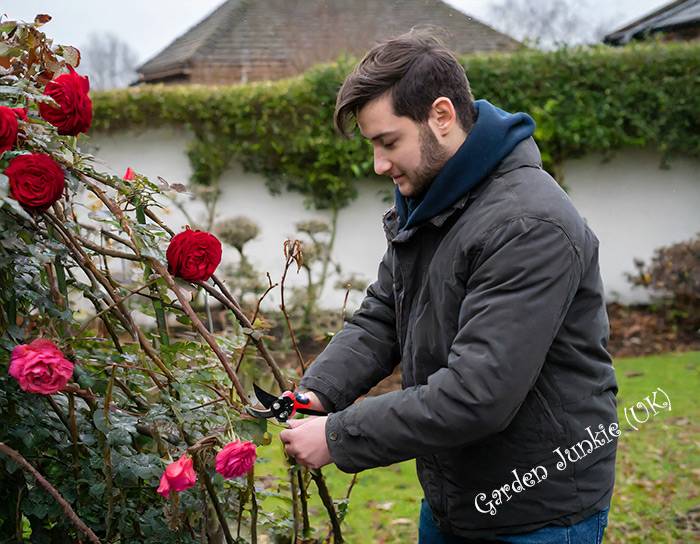
Gardening Month by Month – January: Prune Roses to Remove Dead or Diseased Wood and Encourage Growth.
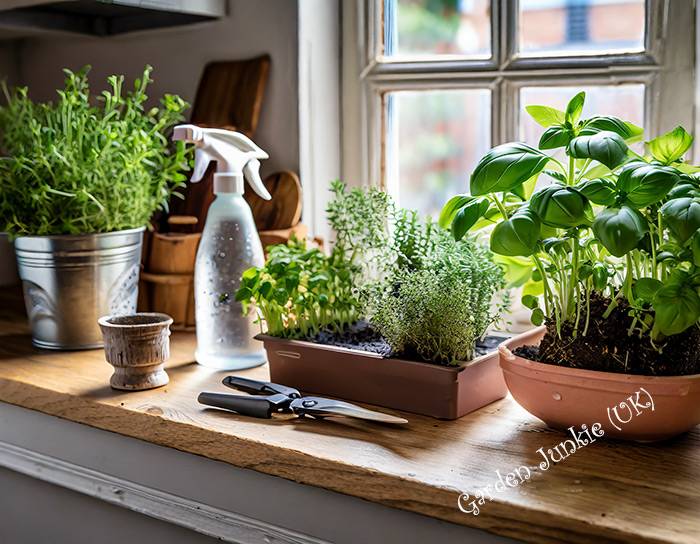
Gardening Month by Month – January: An Indoor Herb Garden is a Great Idea Providing Fresh Herbs Throughout the Year.
In January: Fruit & Veg
- January you can continue to harvest winter vegetables like sprouts and kale, winter cabbages, and cauliflower as they are at their peak of maturity for their best flavour.
- Plan and prepare for early spring planting of onion sets, early potatoes, and rhubarb crowns to kickstart the growing season. It’s best to store rhubarb crowns in a damp coir or potting mix to keep them hydrated until planting.
- Inspect fruit trees for signs of damage from winter weather and pests, like Codling Moth or bark diseases like canker and take corrective actions as necessary to ensure their health.
- As the growing season is about to start, why not research and plan for the introduction of beneficial insects, such as ladybugs and lacewings, to control pests in the fruit and vegetable garden without the use of chemicals?
- Inspect and clean fruit cages and netting to remove debris and ensure they are ready for use in the upcoming season.
- Thinking about raspberry canes or fruit bushes this year? Then in January plan and prepare for the planting of fruit bushes, such as raspberry canes and blackcurrant bushes, ensuring proper spacing and soil preparation.
- Start sowing early vegetable seeds indoors, including early varieties of tomatoes, peppers, and eggplants, to give them a head start before transplanting outdoors.
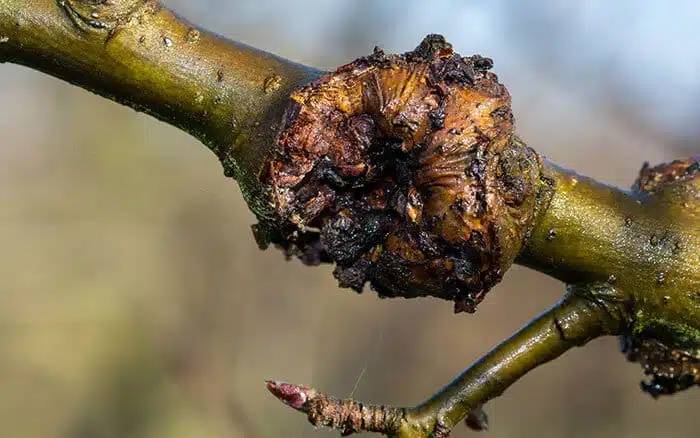
Gardening Month by Month – January: Look out for Canker on Your Fruit Trees and Take Appropriate Action.
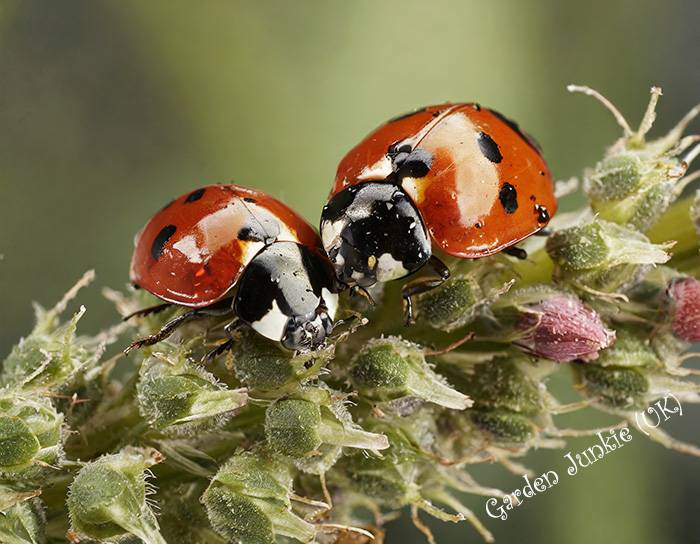
Gardening Month by Month – January: Look at Natural Forms of Pest Control This Year, Like Ladybirds instead of Pesticides.
In January: Pond Care
- Inspect pond equipment, such as pumps and filters, to ensure they are functioning properly and make any necessary repairs or replacements.
- Monitor water levels, and quality parameters, including temperature, pH, and oxygen levels, and make adjustments as needed to support the health of pond fish.
- Feed pond fish sparingly, if at all, as their metabolism slows down in colder temperatures, and excess food can lead to water quality problems.
- Inspect and repair pond netting to prevent predators, such as herons and cats, from accessing and disturbing pond fish.
- Plan and prepare for the introduction of new pond plants in the upcoming season to provide shelter and improve water quality for fish.
- Consider adding natural spawning sites, such as gravel beds or submerged vegetation, to encourage breeding behaviour in pond fish during the upcoming season.
- Continue removing any debris, such as fallen leaves and twigs, from the pond surface to prevent water quality issues and maintain a clean environment for fish.
- Consider introducing cold-tolerant pond plants, such as hardy water lilies and water hyacinths, to enhance the aesthetics and provide shade and shelter for fish.

Gardening Month by Month – January: Consider Adding Cold Tolerant Pond Plants Like Lilles to Your Pond for Summer Shade and Shelter
In January: General Garden Maintenance
- In January continue to provide food and water for garden birds to support them during the winter months.
- Why not explore create and implement a wildlife-friendly garden plan, incorporating features such as bird feeders, bee hotels, and butterfly-friendly plants?
- Inspect stored bulbs, such as daffodils, tulips, and hyacinths, to ensure they remain healthy and viable for planting.
- Clean and organise gardening tools and equipment, including sharpening blades and oiling moving parts for smooth operation. Does any of your mechanical equipment need servicing? For mowers, Petrol Strimmers or chainsaws, for instance, January is the month to get it done.
- Inspect garden containers and raised beds, ensuring proper drainage and adding fresh compost or soil as needed for the upcoming season.
- Check stored fruits and vegetables for spoilage and remove any that show signs of decay to prevent the spread of mould.
- Confirm your planned layout of the garden and finally order seeds for the upcoming growing season, including both flowers and vegetables.
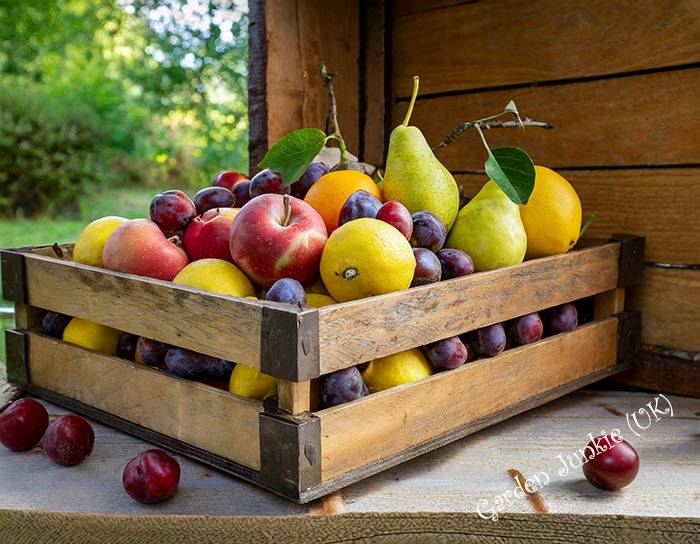
Gardening Month by Month – January: Check Stored Fruits and or Vegetables for Spoilage.
FAQ’s
Are There Any Flowers That Can Be Planted Or Maintained In January?
In January, you can plant winter-flowering pansies, snowdrops, and winter aconites. It’s also a good time to ensure the maintenance of winter-blooming plants by deadheading and removing any damaged foliage
What Are The Best Methods For Composting In January
In January, continue to add kitchen scraps and garden waste to your compost bin or heap. To aid decomposition, consider covering the compost heap to retain heat and moisture. Turning the compost will also help aerate it and accelerate the breakdown process.
Can I Start Preparing The Soil For Spring Planting In January
Yes, you can begin preparing the soil for spring planting by digging over beds and incorporating organic matter such as compost or well-rotted manure. This will help improve soil structure and fertility in readiness for the growing season
